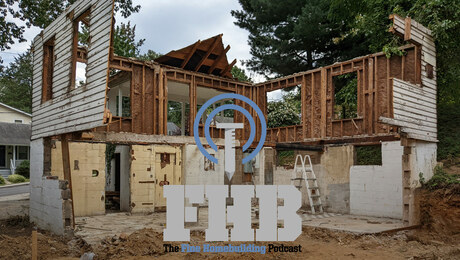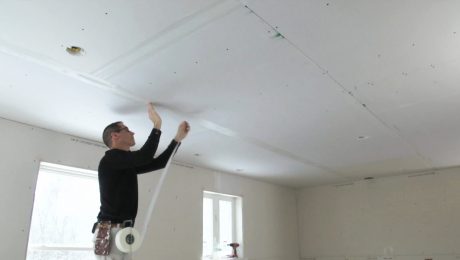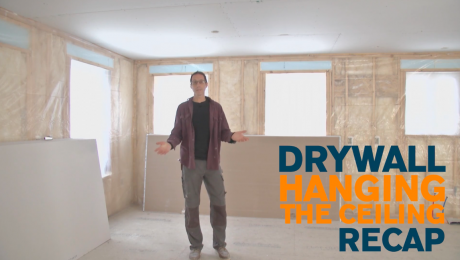Temporary Cleats for Solo Drywall Hanging
1x4 scraps screwed to the ceiling can replace a costly drywall lift and are arguably easier to use in tight spaces.

Like Henry Jorgensen, I’ve had to hang a fair amount of drywall on ceilings by myself. But my method differs from his solo drywall tip in issue #57 (p. 26). Rather than prop the panels in place with a trio of deadmen, I prefer to use cleats.
As shown in the drawing, one edge of a drywall panel is supported first by a pair of cleats with beveled edges. When I’m working next to a wall, I use 2×4 cleats tacked to the studs with duplex nails. In the field, I screw 1×4 cleats through the prior sheet of drywall and into the joists.
The opposite edge of the drywall is supported by a pair of rotating cleats made of 8-in. long pieces of 1×4. Each cleat is affixed with a single screw to a 1×4 block screwed to the joists. To make sure I’ve got enough room to maneuver the drywall, I put the blocks 48-1/2 in. from the edge of the prior panel. Once I’ve got the edge of the drywall on the fixed cleats, it’s a simple matter to raise it the rest of the way and spin the two rotating cleats to hold the sheet aloft for final positioning. My system goes a long way towards saving my back.
Fred Grosser, Redwood City, CA
More about hanging drywall
Video: How to Hang Drywall on Walls
Horizontal vs. Vertical Drywall – Hanging drywall horizontally does place seams at a more convenient height for finishing, resulting in better work, but that’s only part of the story.
Solo Drywall Hanging – Get help when you can, but if you have to install these unwieldy sheets by yourself, it pays to rent a lift.
Install and Finish Drywall: 9 Secrets to an Effortless Install – These straightforward steps will make any drywall-hanging job easier.





























